|
The Tison Tool Barn collection has a few other adjustable wrenches, including three combination wrenches, a couple of pocket or bicycle wrenches, and a couple of other types. A combination wrench is a combination of a monkey wrench and a pipe wrench. The pipe wrench side of a combination wrench works like a screw pipe wrench; it is not "semi-ratcheting" like a Stillson-pattern pipe wrench. The three combination wrenches in the Tison Tool Barn collection are made by the Bemis & Call Hardware & Tool Company. They all have cylindrical wood handles. Models with long and short adjustment nuts were both available. The first combination wrench in the Tison Tool Barn collection is marked "BEMIS & CALL CO. SPRINGFIELD, MASS." on one side of the upper jaw. The number "2" is stamped on the bar below it. "PAT. DEC. 2, 1873" is stamped on the other side of the upper bar. United States Patent #145,085 was issued to W. Chaplin Bemis on Dec. 2, 1873 for an improved wrench, marketed as the Bemis & Call Patent Combination Wrench. This wrench is 15-1/2 inches long. Marks on the 15-1/2 inch Bemis & Call combination wrench. Photos by Donald Albury. The next combination wrench is marked "BEMIS & CALL H. & T. Co SPRINGFIELD, MASS. U.S.A." It also has "6", "8" and "9" stamped, apparently at random, on the bar. The absence of a patent claim or date indicates that it was made after the patent had expired in 1900. It is 11-1/2 inches long and has a long adjustment nut.. The third combination wrench is marked "BEMIS & CALL CO. SPRINGFIELD, MASS. U.S.A." on one side and has a B & C Trade Mark logo in a circle on the other side. There is a "D" stamped on the bar, likely an owner's mark. The absence of patent information on this wrench indicates that it was likely made in the 20th century. It is 12-1/2 inches long and has a short adjustment nut. Markings on the 12-1/2 inch combination wrench. Photos by Donald Albury. The Tison Tool Barn collection includes a couple of small wrenches that were known as bicycle or pocket wrenches. First is this 5 inch wrench marked "BARNES TOOL CO NEW HAVEN CONN." on the bar, and "PAT'D 1886 IMP'D 1892" on the moving jaw. The letter "S", which is likely an owner's mark, is stamped on the opposite side of the moving jaw. The Barnes Tool Company was founded in the 1880s and was still in business in 1909. The original patent for the wrench was U.S. patent #339,813, while the improvement(s) to the wrench were covered by patent #476,079. The second bicycle wrench in the Tison Tool Barn is this four inch long wrench from England. It is marked "•GIRDER MINOR• JOSEPH LUCAS LTD. BIRMINGHAM" on one side. The Joseph Lucas and Son logo, consisting of a torch imposed on a wheel, is on the other side. The Lucas Girder wrench was patented in Great Britain in 1897, and continued in production well into the 20th century. Lucas and Son produced wrenches with a wide variety of markings, branded as "Girder", "Girder Minor" and "Girder Major". Most of the Girder wrenches that I have seen pictured on the Internet have a model number, and "England" instead of "Birmingham." This wrench looks like a Girder No. 93, although there is no model designation on the wrench. The Girder wrench also has the letter "S' stamped on it. This is probably an owner's mark. The Tison Tool Barn has several wrenches with the same style and size "S' stamped on them. It is possible that these wrenches had an owner in common, and that the set had not been broken up when John Tison acquired them. Detail photos of markings on the Girder Minor wrench. Photo by Donald Albury. The next wrench is a Ripley's Patent Wrench, also called a pincer-wrench or pliers-wrench. Ezra Ripley received U.S. patent #16,997 for his "Improved Adjustable Pincer-Wrench" on April 7, 1857. This wrench consisted of two parts that could be separated. The bar of one piece fits through an opening in the other piece, and can be slid back and forth until the jaws fit a nut. When the handles are squeezed, serrations on the two pieces lock together, allowing torque to be applied to the nut. The example of this wrench in the Tison Tool Barn differs from the patent drawing in having a screwdriver bit on the end of one handle. The last wrench I am presenting in this post is a crescent wrench. Crescent wrenches were originally wrenches made by the Crescent Tool Company. While the Crescent Tool Company has been a major source of such wrenches for more than a century, "crescent wrench" has become a generic name for a style of wrench produced by many companies. Crescent wrenches have an adjustable set of jaws in which the working faces of the jaws are (more or less) parallel to the line of the wrench's handle, rather than perpendicular to the line of the handle, as in monkey wrenches. Wrenches with such jaws began appearing in the middle of the 19th century. By 1910 the Crescent Tool Company had introduced an adjustable nut wrench, apparently based on one manufactured by the BAHCO company of Sweden, that became known as the crescent wrench. Besides the manufacturer's marks, this wrench has the initials "S. E. S." stamped on it. This brings my tour of the adjustable nut wrenches in the Tison Tool Barn to an end. In my next post I will look at some hand-made farm tools the Tison Tool Barn collection.
1 Comment
|
AuthorI have been a volunteer at the Matheson History Museum. Feeling an affinity with old hand tools (some of which I remember from my youth), I have tried to learn more about the history of the tools in the Tison Tool Barn, and how they were used. All text and photographs by Donald Albury in this blog are licensed under a Creative Commons Attribution-ShareAlike 4.0 International License. All illustrations taken from Wikimedia Commons are either in the public domain, or have been released under a Creative Commons license.
Archives
December 2015
Categories
All
Interesting Sites about Old Tools |

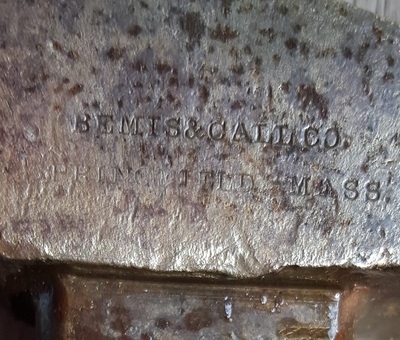

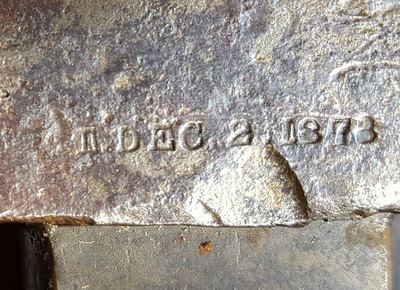

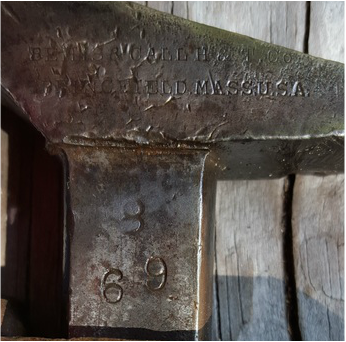

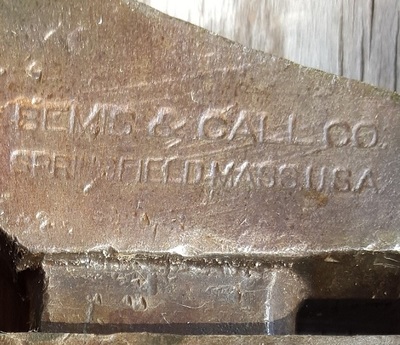
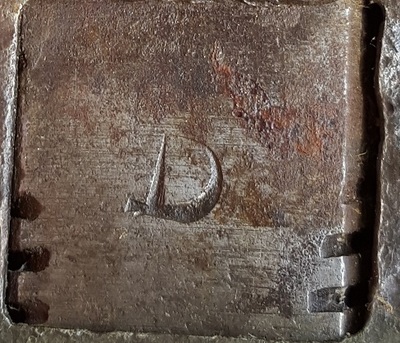
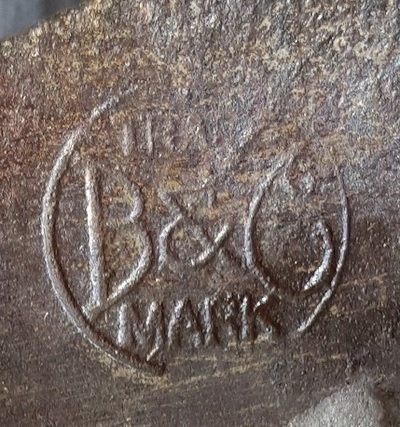


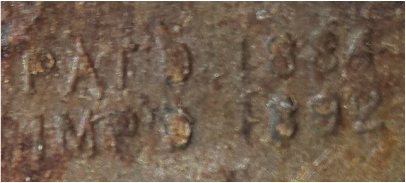
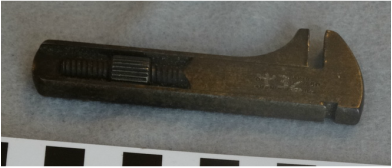
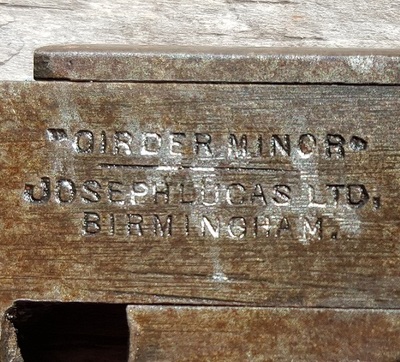
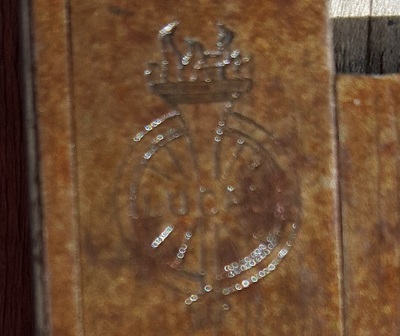





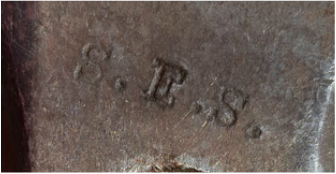
 RSS Feed
RSS Feed
